They affect your car’s handling, ride, braking and safety. But most people don’t give much thought to them.
Eighty-three percent of drivers aren’t “tire smart” (i.e., they don’t know how to properly check tire pressure), according to a 2015 survey from the Rubber Manufacturers Association (RMA).
You may be thinking, Tires haven’t changed since I bought my first set. Wrong! Since they carry you and your car around on the road, taking proper care of them is one of the most important safety factors that also happens to be the most overlooked. Here, we deflate the top five tire myths to make sure you know your way around on four wheels.
Myth #1: All Cars Come With Spare Tires
This used to be standard, but not anymore. For space-saving reasons and fuel efficiency, approximately one in three new cars don’t come with a spare tire in the trunk. Instead, you’ll get a “temporary mobility kit” with a tire sealant and a tire inflator or run-flat tires, says Maryland-based master mechanic and automotive radio show host, Pat Goss. If your tire is punctured, apply the sealant through the valve stem then use the inflator to re-inflate it, he explains. The downside? If the damage is more severe than a tiny hole (think nail size), the mobility kit probably isn’t going to cut it and you’ll have to be towed (GEICO’s mobile app makes it a cinch to request emergency roadside assistance.). Go check your trunk now, so you’re not surprised in an emergency.
Myth #2: The Correct Tire Pressure Is Listed On The Tire Sidewall
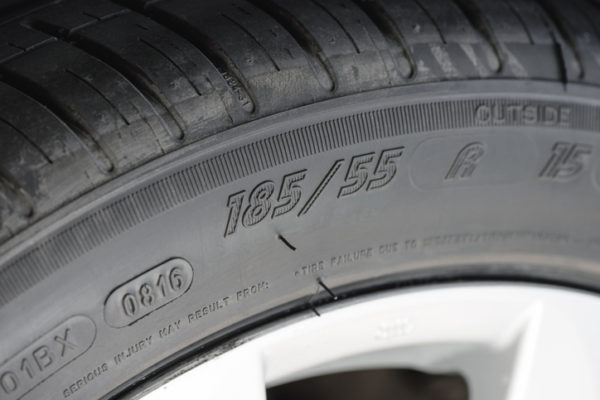 Half of all drivers believe this is where you should look to find out the ideal tire inflation pressure number. But these numbers actually tell you what size and kind of tire you have as well as the maximum cold inflation PSI the tire is rated for—not the recommended pressure for your vehicle. That information is actually listed on a label inside the vehicle’s driver-side door or in the owner’s manual.
Half of all drivers believe this is where you should look to find out the ideal tire inflation pressure number. But these numbers actually tell you what size and kind of tire you have as well as the maximum cold inflation PSI the tire is rated for—not the recommended pressure for your vehicle. That information is actually listed on a label inside the vehicle’s driver-side door or in the owner’s manual.
Myth #3: A Tire-Pressure Monitoring System (TPMS) Ensures That Your Tires Are Always Good To Go
A tire-pressure monitoring system electronically tracks and displays tire pressure via a gauge, pictogram display or a warning light on your vehicle’s dashboard. “These have lulled most drivers into believing that if the warning signal is off, everything is fine,” says Goss. Since a signal is only triggered when tires lose 25 percent of their inflation pressure (aka “dangerously low” tire pressure), you could be driving on tires that are underinflated enough to cause unnecessary wear, waste fuel and in some cases, decrease cornering ability while increasing stopping distances. Goss advises that you should check tire pressure every 30 days the old-fashioned way: manually, with a tire pressure gauge. (Need a refresher? Watch this quick how-to video on how to check your tire pressure.)
Myth #4: You Should Rotate Your Tires About Once A Year
 Not exactly. Tire rotation should be performed every 5,000 to 8,000 miles, which also coincides with the typical oil change recommendation. So the easiest way to ensure this happens is to get both done at the same time, says Goss. Another way to keep track? “Most cars today have dual trip meters, so you can set one trip meter to zero when the oil is changed or the tires are rotated and wait for it to reach the desired miles,” says Goss.
Not exactly. Tire rotation should be performed every 5,000 to 8,000 miles, which also coincides with the typical oil change recommendation. So the easiest way to ensure this happens is to get both done at the same time, says Goss. Another way to keep track? “Most cars today have dual trip meters, so you can set one trip meter to zero when the oil is changed or the tires are rotated and wait for it to reach the desired miles,” says Goss.
Myth #5: Never Continue Driving If You Experience A Flat
Run-flat tires—which let you keep driving after a puncture so you can make it to an auto shop—are becoming more popular. “Many manufacturers are using them because the additional cost of four run-flats is less than the cost of a spare tire, wheel and jack,” says Goss. Run-flats vary as to how far they can be driven and at what speed, but generally speaking they can be driven for up to 50 miles at a reduced speed (usually about 50 miles per hour), he explains. You can tell if your car has run-flats by looking inside the driver’s door, in your owner’s manual or checking the tire sidewall for one of the following codes: RFT, DSST, ROF, RFT, EMT, XRP, ZP or ZPS.
Have more tire questions? Here are 5 signs you need new tires.
Knowing your way around your tires is one thing, but being truly streetwise means having dependable insurance that won’t cost you an arm and a leg. Get a fast, free auto insurance quote from GEICO to see how much you could save.
By Nicole Cherie Jones

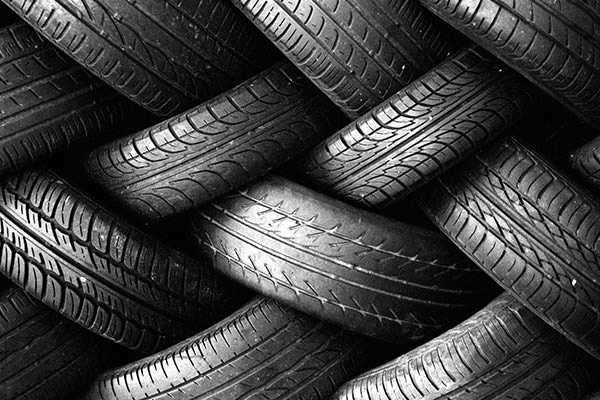



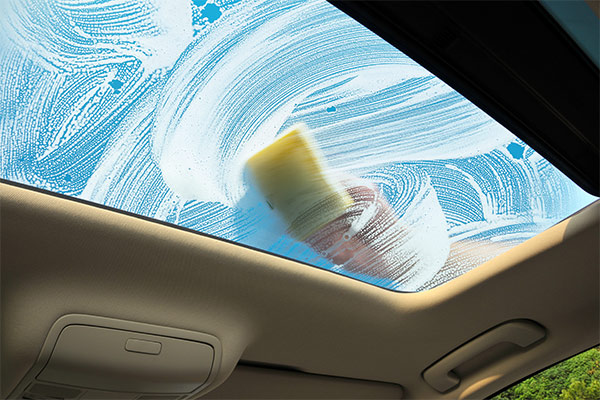
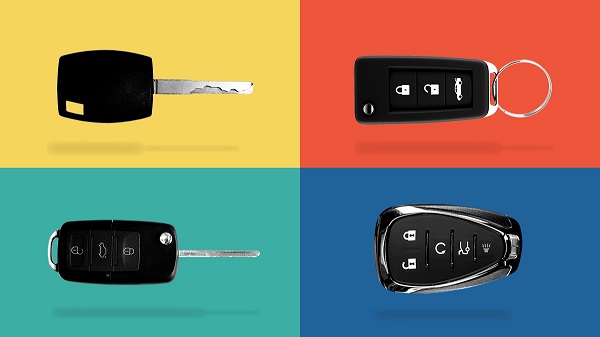
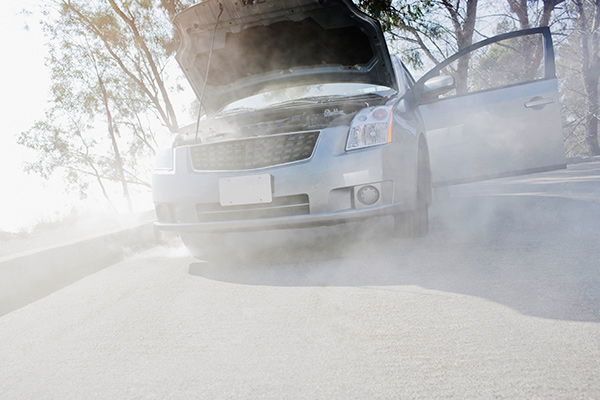
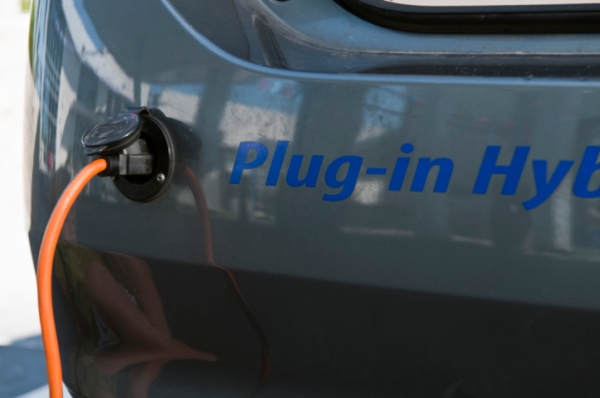
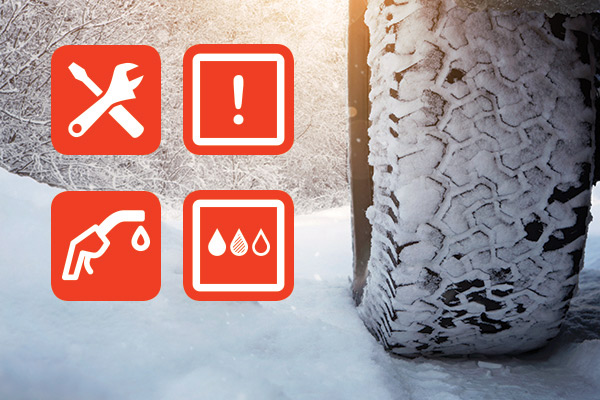
James Johnson says,
If the tire pressure on the vehicle door is less than the recommended tire pressure on the tire, go with what is on the tire for safety – remember the “Firestone / Ford explorer” crashes. This was a result of following Ford’s pressure ( to smooth out vehicle ride ) which caused the tires to overheat and separate, causing accidents because of under inflation.
Paul. Carasik says,
I drive a Model S Tesla..
Is it Reasonable and safe to replace ONE tire at a time ; Or all four tires ,
anytime I need to change a problem
tire ?
2) (I have approximately 11,000 miles on my tires , now…)
3) Is it “ok” to remove a metal-screw
And plug the hole on a “High Performance “. Tire?
Darlene Miller says,
this was very informative.
williampollard says,
Over the years, the tire shops supported doing the tire rotation so all the tires wear the same. Well, if you look at the tires, the front tires will wear a whole lot faster than the rear, regardless of most outside influences. Also, having to replace all 4 tires is a one time big expense for most car owners. I say keep an eye on all the tires, and if needed, replace the front tires then in about 3-4 months replace the rear. The problem with the Ford tire pressure is that in sharp turns, was that the bead would tweak open and lose pressure; to become a near flat. Also, people were complaining about the stiff ride. Fords solution was to drop the tire pressure. Talk about a wishy-washy ride. What ever advice you get from a tire dealership should be viewed through a ? mark, cause they have to be viewed from government regulations and the $ sign. Of course the education system does not teach much common sense about cars any more
Shirley Jefferson says,
Excellent information.
Thank you
Ryan nalencz says,
Great information especially for those who gas up and drive. Tire wear also points out certain mechanical issues or improper inflation.
AzIzNoWarranty says,
One thing that the information said in “how to check your tire pressure” in Myth #3 was to wait until the air in your tires is cool. It did not explain that air in most tires cools off after about 3-4 hours perhaps longer in hot climates, otherwise possibly resulting in under inflated tires from letting too much air out when adjusting pressure if the driver has checked too soon.
Also, cold max tire pressure for most cars is around 44-45PSI. If you inflate tires that high, your driving Fred Flintstones car with solid wheels. LOL !
Diane says,
I use the tire pressure recommended by the manufacturer located in the driver’s side door jamb. “Manufacturer’s Recommended pressure”.
I also run Nitrogen in my tires which seems to keep the tire pressure normalized for longer periods of time.
Ron Severson says,
Good information, but there is one more item. On cars that are not driven a lot it should still consider replacing tires after six or seven years even if they good fine. Tread is not a good way to judge the tire, age needs to be considered also. Very important on motorhomes, and trailers.
james jude says,
helpful
Paul Bianchini says,
Rotate tires every other oil change or every 7,000 miles – depending on suspension type. Keep proper alignment. And if possible, use a full size tire for a spare. Do not use ( donut tire )
George Grimaldi says,
In the winter I check more frequently than every 30days.
Peter Busowski says,
Nice update. I already knew three of the five myths were incorrect and you reported the flaws accurately. Helped me to believe the other two. Nice work.
Joseph C. Moore, USN Ret. says,
Good tips for the grossly ignorant.
John Roundtree says,
I agree with everything except the sidewall pressure myth #2. That is not a myth, it is a fact! The labels inside the drivers door will sometimes advise a tire pressure for which the tire is not rated for. ALWAYS, go with the tire manufacturers recommendation for safety. Overinflating a tire can cause severe bodily injury. On that, Goss is full of it.